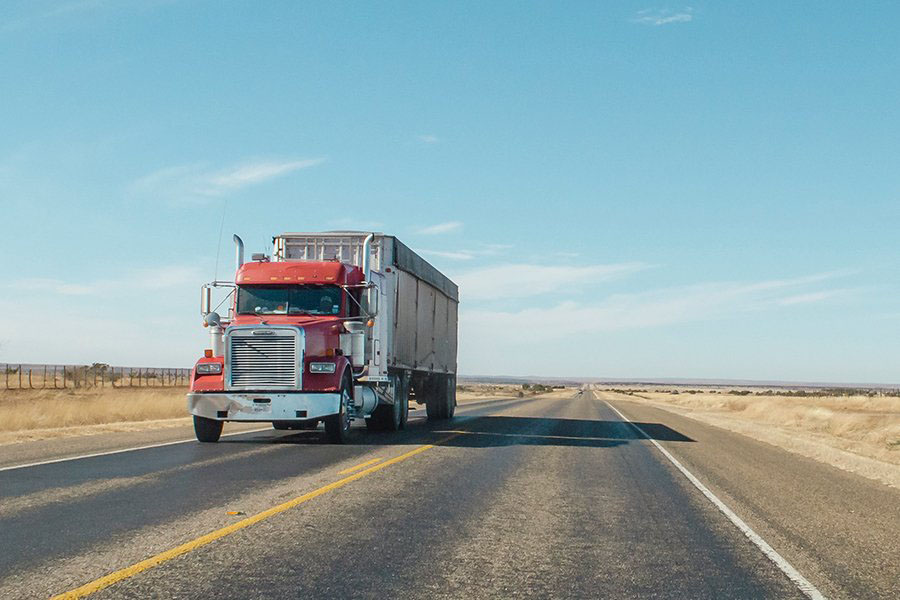Driving Near a Commercial Motor Vehicle

While most drivers recognize that large commercial motor vehicles (CMVs) and buses require extra space on the roads, many don’t realize just how limited these vehicles’ turning radiuses are and how difficult it is for CMV drivers to see cars driving alongside their vehicle. It is important to be aware of both of these factors when you encounter one on the road.
Blind Spots
Despite the fact that CMVs sit up higher than most vehicles, they have significantly decreased visibility. They have four main blind spots that are called no-zones that automobile drivers should avoid:
1: Rear No-zone
CMVs have no rearview mirrors, which creates a 200-foot blind spot directly behind them and causes the drivers to rely heavily on their sideview mirrors. Automobile drivers should avoid driving too closely behind a CMV as it reduces your own visibility, decreases your reaction time and puts you at risk of being pushed under the CMV in the event of an accident. It also increases your chances of being side swiped when the CMV changes lanes.
2: Front No-zone
Depending on the angle of the CMV’s hood, the driver may not be able to see your vehicle for up to 20 feet in front of them.
3 & 4: Side No-zones
CMVs have extremely large blind spots on both sides of the tractor and the front part of the trailer. These no-zones angle out from the front of the CMV towards the back, and the right sideno-zone is significantly larger than the left due to the positioning of the driver.
Braking
CMVs have powerful braking systems, but they are significantly heavier than cars and require more time to slow down. Going from 60 mph to a complete stop takes nearly the distance of two football fields in a CMV—it only takes one in an automobile. For this reason, you should never cut off a CMV, especially in poor driving conditions.
Passing a CMV
Due to the large no-zones on CMVs, it is important to pass with purpose instead of slowly creeping by. Always pass on the lefthand side because it has a smaller no-zone. These two practices help the driver keep better track of where your vehicle is so they can avoid side swiping your car when changing lanes.
Once you have passed the CMV, the space between your car and the front of the CMV needs to equal one car length per 10 mph you are driving before you should move back in front of the CMV. For example, if you are going 60 mph, there needs to be six car lengths between you and the CMV before you move back. Due to the longer braking time, avoid immediately hitting your brakes after moving back over (if possible).Tip: If you can see the entire front of the CMV in your rearview mirror, you are probably safe to move back into that lane.
Turning
Because of their overall length, CMVs often move into adjacent lanes prior to and after a turning maneuver to avoid driving over a curb or sidewalk. When you are in an area where a CMV may be turning, be on the lookout for a turn signal to see what the driver intends to do. Never attempt to cut in along the right side as a driver maneuvers to the left, or you may become sandwiched between the CMV and the curb or be crushed. The same caution should be applied to roundabouts and cloverleaf entrance and exit ramps. Similarly, drivers should never stop past the painted lines at an intersection (otherwise known as “crowding”). Doing so not only endangers you but also the turning vehicles, CMVs and crossing pedestrians around you.





